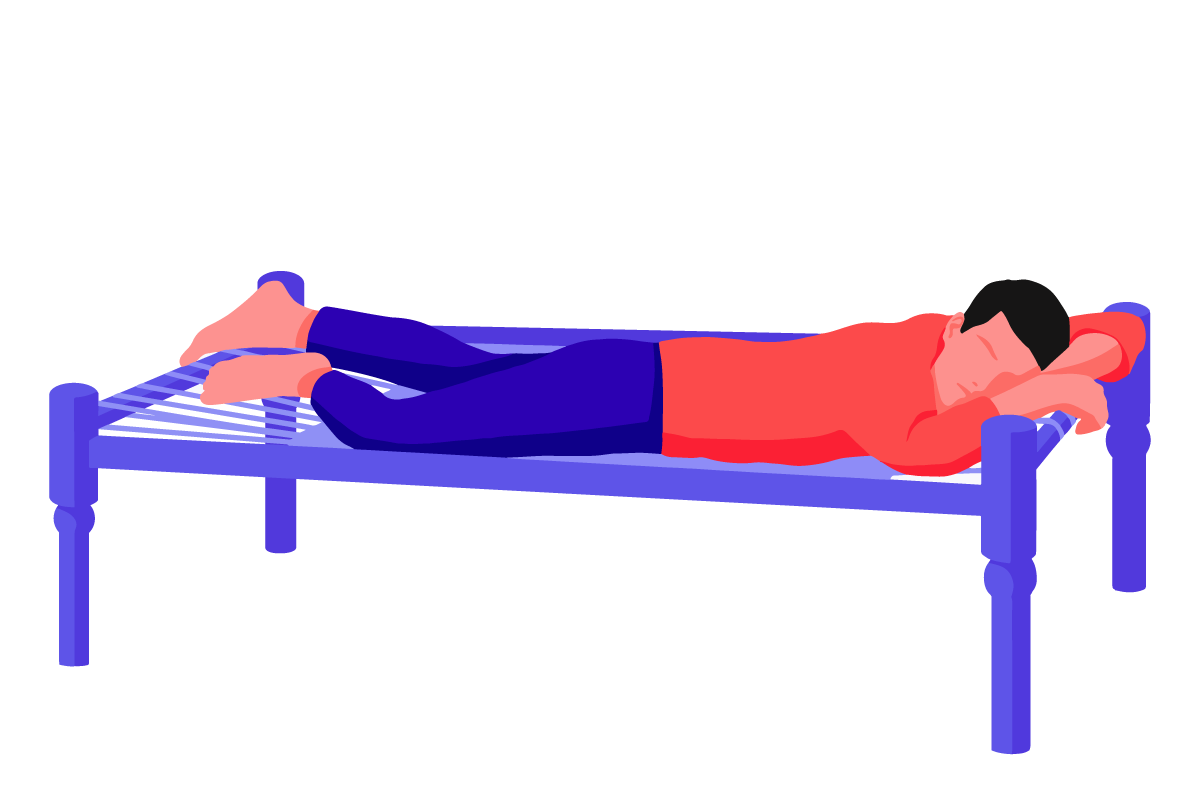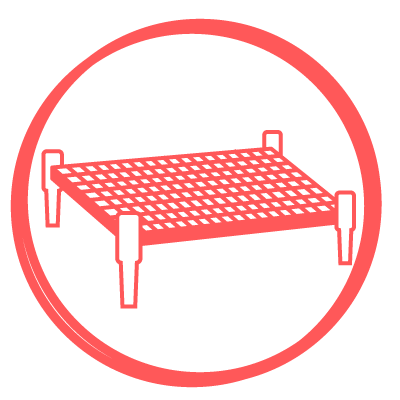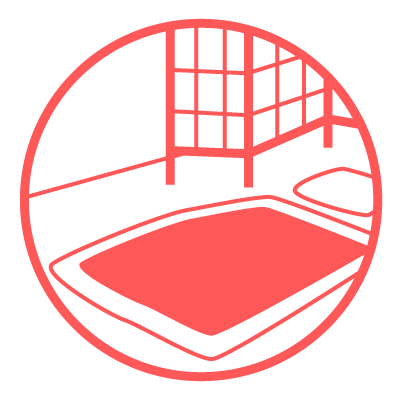Beds Around the World: What Other Cultures Sleep on Instead of Mattresses

Not everybody sleeps on a typical mattress. Read this blog post to discover the different types of beds around the world.
It's easy to assume that most people sleep on soft, comfy mattresses like yours. The truth is the U.S. and other Western cultures are outliers in the bed world.
In different cultures, it's often the norm to use alternative beds. Chalk this up to changing socioeconomic factors, preferences and long-standing traditions. Traditional Western beds tend to run pricier with their expensive frames and mattresses.
Many sleepers across the world also avoid traditional Western beds. In terms of bed sizes, they take up a lot of space and are usually difficult to move around. Also, many types of bedding in the Western world are too soft by worldwide standards. They need to provide more back support.
Are you intrigued? Read on to learn more about the most popular alternative beds in different cultures. Here's what you'll find in this blog post:
Table of Contents
The Most Popular Beds in Different Cultures — and Where to Find Them
India: The Charpai

The charpai has a long cultural history in the Indian subcontinent.
Many consider this traditional bed a sign of growing poverty in India. Others consider it a nostalgic item. Even so, the charpai has endured for the past several centuries.
The charpai has a footed frame measuring up to 4 feet in length and width. The top of the bed is made of handwoven ropes or fabrics. It's widely known as the rope bed.
People sleep on these rope beds without any pillows, blankets or mattresses. The point is to increase ventilation and reduce humidity. These are what often disrupt a peaceful night's sleep.
Nowadays, it's common for this Indian bed to have metal frames and plastic strips instead of rope. And it’s not just found in India; there are versions in Pakistan and Afghanistan, too.
Japan: The Futon

Futons or shikibutons are comfortable yet firm rectangular cushions. They're slim and easy to fold.
Traditional futons have cotton filling for increased back support and cushioned comfort. Tatami mats serve as a base to keep them in place. But modern shikibutons have foam filling. They're thinner for more portability and easy storage.
This Japanese bed is also famous for the support it provides your back. (Support is one of the most essential characteristics of a great bed.) Think about it. What's better than having a flat surface like the floor underneath your mattress to keep your spine aligned?
Futons typically measure 3 to 4 inches in height. It's possible to find them in a variety of sizes to suit modern lifestyles. However, tradition-wise, these beds are a single-person sleeping unit.
China: The Kang Stove Bed

Regarding different kinds of beds, the Chinese kang bed stove stands out for its sheer strangeness.
The kang bed is a large platform that rests upon bricks or other materials. It takes up quite a bit of space. Another platform used as a heat source is inside the layered brick area — almost like a small furnace.
Cambridge University Press says the kang bed is typically made from brick, stone or adobe. It comprises 3 components: the kang platform, a fireplace and a chimney. It can maintain a temperature of 40 degrees Celsius throughout the evening(1).
The furnace contains hot coals to keep sleepers warm and cozy. The furnace is especially helpful during the harsh northern Chinese winters.
The kang bed is a general sitting area for the family during the day. At night, all beddings go back on for sweet slumber.
South America: The Hammock

A hammock is a minimalist bed made of strong nets and rope. It’s suspended using rope or chain between two points.
It’s still not clear who invented the hammock. However, Christopher Columbus was the first European to note it.
In the West, most people use hammocks for rest and relaxation. But they're primarily used for sleep in different parts of South America. That said, the way other cultures across South America use hammocks varies.
In El Salvador, people sleep in hammocks to protect themselves from earthquakes. But in Brazil or Venezuela, this bed alternative is a work of fine art and creativity.
Vast jungles surround other South American countries. People have to take necessary precautions to fend off insect attacks.
They suspend hammocks in these areas a few feet or more above ground. This keeps sleepers both safe and comfortable.
Conclusion
So, now you know more about the world’s different beds. It makes your box spring mattress feel a little dull, huh? If so, you’re not alone.
But here's the truth. It’s common for international sleepers to thrive without a traditional mattress.
Luckily, all the alternative bed types listed above are still used today. Why not reach your sleep and travel goals in one fell swoop by trying them?
Want more sleep trivia? Then read these:
-
5 Surprising Reasons Your Dog Should Sleep In Your Bed Every Night
-
Everything You Always Wanted to Know About Sleep* (*But Were Afraid to Ask)
Enjoy!
Source:
(1) "The Chinese Domestic Architectural Heating System [Kang]: Origins, Applications and Techniques." Cambridge University Press, www.cambridge.org/core/journals/architectural-history/article/abs/chinese-domestic-architectural-heating-system-kang-origins-applications-and-techniques/00BA51EC5039370B52C2478CF5DD6970. Accessed 28 March 2024.
Disclaimer: The information contained in this website or provided through our blog, e-mails, or programs is for informational purposes only. It is not intended to be a substitute for medical advice, diagnosis or treatment that can be provided by your healthcare professionals.












































